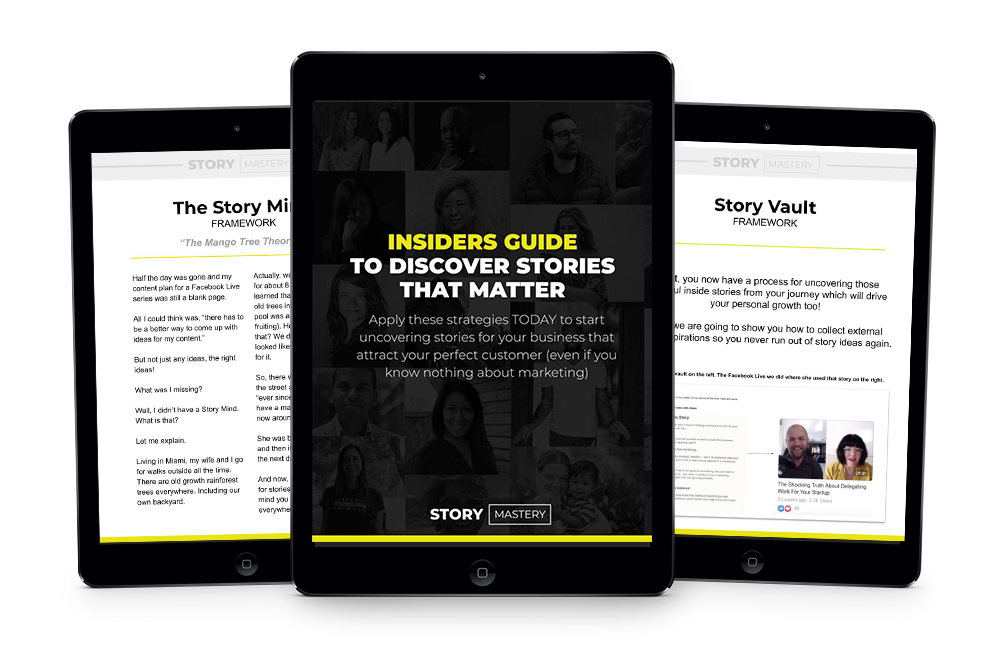Interview with Becky Straw: How She Built a Social Enterprise That is Lifting Communities From Poverty to Prosperity
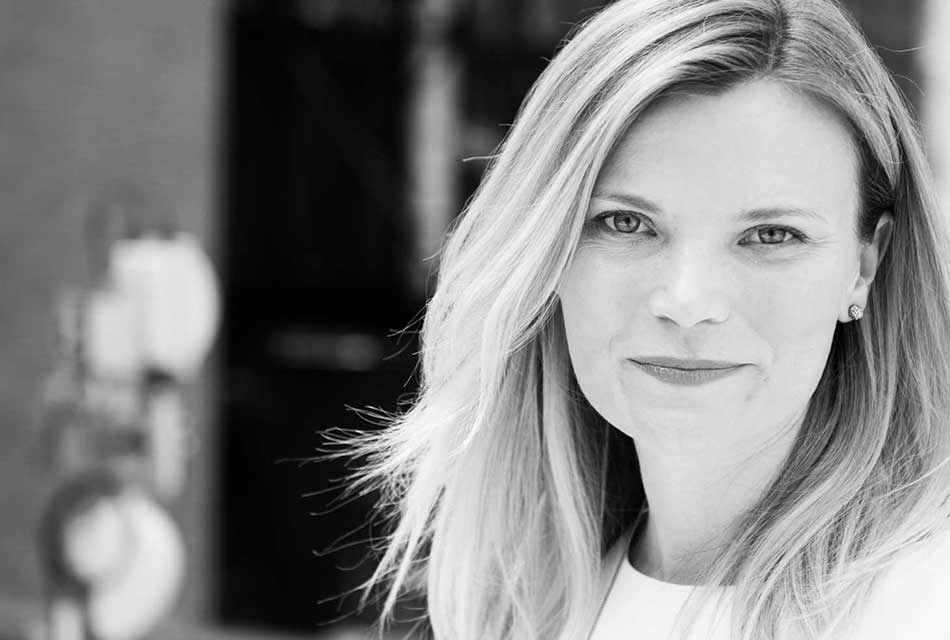
The Adventure Project is a social enterprise designed to give people jobs, not handouts. Becky Straw’s journey started at Columbia Graduate school where they taught social enterprise administration and nonprofit management.
This Social Enterprise is Lifting Communities From Poverty to Prosperity

The Adventure Project is a social enterprise designed to give people jobs, not handouts. Becky Straw’s journey started at Columbia Graduate school where they taught social enterprise administration and nonprofit management.
Interview with Daniel Ben-Horin: Powering-Up Social Impact With Tech For Nonprofits

In the years just before the internet, Daniel Ben-Horin saw a problem. It was the late 1980s and while huge strides in technology had been made, American organizations that were working toward social change were struggling to apply them to their work.
Building TechSoup and Impact: Daniel Ben-Horin (Interview)

In the years just before the internet, Daniel Ben-Horin saw a problem. It was the late 1980s and while huge strides in technology had been made, American organizations that were working toward social change were struggling to apply them to their work.
Interview with Ilaina Rabbat: Discovering a Higher Calling as a Social Entrepreneur

Changing the world sounds like an impossible feat. Some would think it’s only meant for the Gandhis and the Mother Teresa’s of the world, but what if it’s not as difficult as it seems? Will you take the challenge?
Interview with Vincent Dignan: Pro Growth-Hacking Tips for Your Startup

He’s an entrepreneur, he’s a speaker, he’s a growth hacker, he’s Vincent Dignan. Whether it’s digital marketing or his unique stylish wardrop, he knows how to make a splash. In this exclusive interview he shares his startup growth tips.
Interview with Jonah Brotman, Co-Founder of Operation Groundswell: Resolve to Be a Better Entrepreneur

As an aspiring Social Entrepreneur, you’ve probably wondered how to make a bold career change. Maybe you’ve had an idea for a radical, disruptive business, only to be ridiculed by friends, colleagues and family when you share your plan.
Interview with Alex Jeffreys: Expert Marketing Strategies and Tips for Startups

Alex Jeffreys has been very successful selling physical and digital products online. In this exclusive interview, we explore how he did it and get some pearls of wisdom from his amazing experience. He’s made the millions but he’s looking for something more.
Interview with Cynthia Koenig: How She Innovated a Solution That Makes Clean Water More Accessible

Imagine carrying a 5 gallon bucket of water for long distances each and every day so you can wash up, drink and cook.
This is a common situation around the world that deteriorates people’s lives.
Nickhil Arora interview: How He Went From College Test to Conscious Food Business
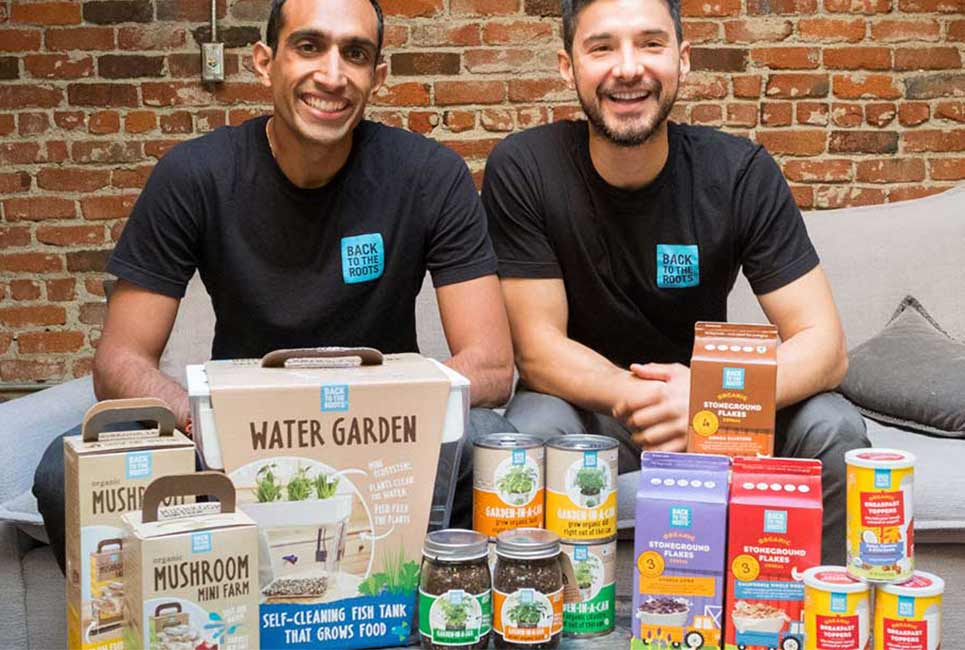
Nikhil and Alejandro were buddies in college when they heard from a professor that you can actually grow mushrooms from coffee grounds. That’s right, producing food from waste.
EP27: How Dr. Alasdair Harris is Rebuilding Communities with Tropical Fisheries
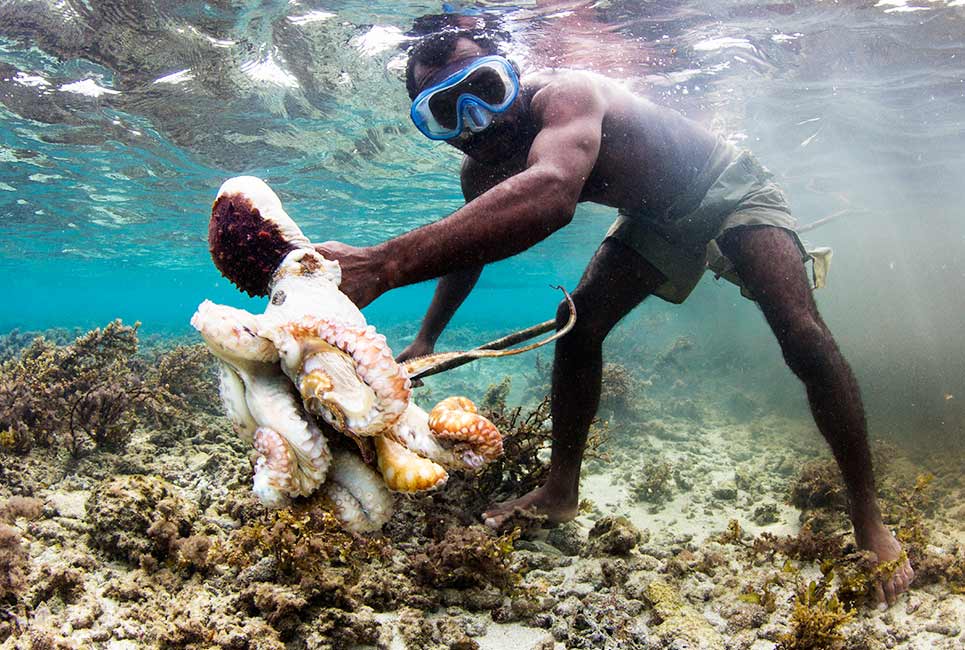
You notice a problem in the world that fires you up and you want to help. But, how do you spend all your time and energy figuring out how to solve that problem and actually make a living at the same time?
EP26: Exploring Growth: Interview with Chris Out

By now you probably heard the term “growth hacking” which was coined by entrepreneur and angel investor, Sean Ellis. It’s the evolution of marketing based on the needs of the digital environment.
Interview with Carol Sanford: Create a Game-changing Business and Financial Returns with Carol Sanford

Since 1977 Carol Sanford has led a revolution in how business is to be conducted. With long-term engagements, she functioned as a supra-executive decoding a company’s DNA and aligning systems to yield game-changing innovation, market leadership, and financial returns.
EP20: How Rachel Faller’s Zero Waste Model is Disrupting The Fashion Industry
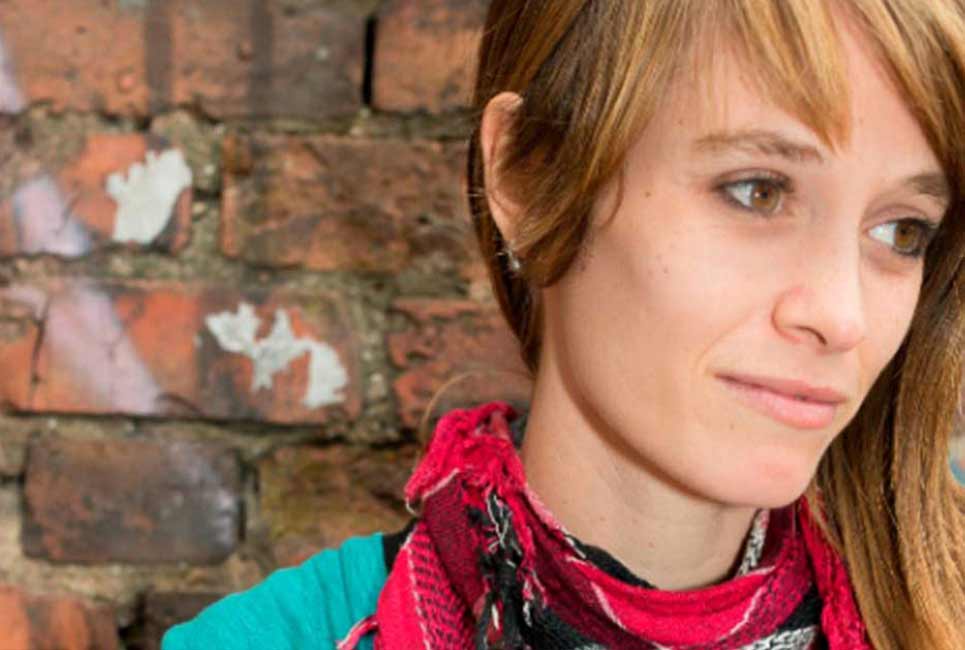
An estimated 1 million tons of textile waste is dumped into landfills around the world each year. Wasted materials from large brand factories, end of season stock purging, and consumer-discarded clothing are just some of the factors that contribute to this enormous mass of textile waste that occurs each year.
EP19: Angel Investor Tim Berry Shares His Secrets on Business Plans & Raising Capital
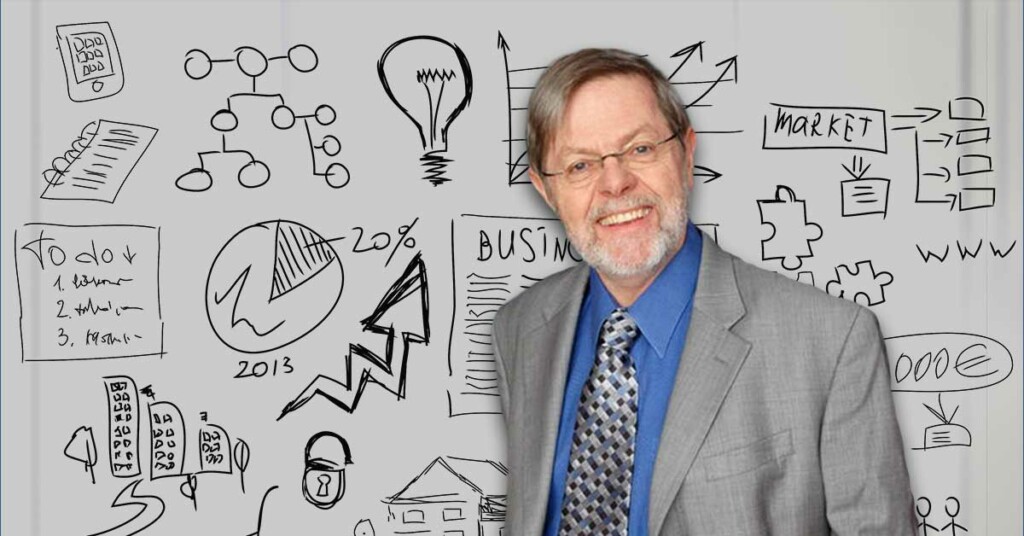
Pamela Slim, author of the best-selling Escape From Cubicle Nation, calls entrepreneur Tim Berry the Obi-wan Kenobe of business planning. Guy Kawasaki made Tim his business plan expert in “How to Write a Business Plan.” He’s also the official business plan expert at Entrepreneur.com. Tim Berry describes business planning as “a fascinating combination of words […]
EP18: Turn Ice Cold Prospects into Smoking Hot Traffic: Interview with Neil Patel

“They took my money, and didn’t do shit!” That’s how Neil Patel, “a top influencer on the web and one of the top ten online marketers,” according to The Wall Street Journal and Forbes respectively, feels about the marketing support he paid for early in his start-up experiences. That’s why the co-founder of Crazy […]
Reducing Waste and Eating Beer with Dan Kurzrock

Listen to our exclusive interview with Daniel Kurzrock, co-founder of Regrained. Dan grew up on the Bay Area Peninsula, and graduated from UCLA with a degree in Economics and a Masters in Sustainable Business from Presidio Graduate School. Dan realized a passion for entrepreneurship early. ReGrained is telling an exciting environmental story, at a time when the […]
Uncover 5 Powerful Marketing Lessons from Lucky Iron Fish Founder Gavin Armstrong

“I am a strong believer that businesses have the power to solve some of the world’s most daunting challenges, and the Lucky Iron Fish embodies this with our commitment to improving global health in a socially responsible way.” ~Gavin Armstrong, Founder and CEO
Interview with Jacquie Berglund: How This Hybrid Business Model Is Turning Beer into Food

Interview with Finnegans CEO and Co-founder, Jacquie Berglund. Subscribe to this show on iTunes | Stitcher | Soundcloud Change Creator Magazine issue 4 cover story, Jacquie Berglund is The Rambunctious Social Entrepreneur, CEO, and Co-Founder of FINNEGANS, the first beer company in the world to donate 100% of profits to fund fresh produce for those in need. […]
Priceless Startup Success Tips From John Lee Dumas
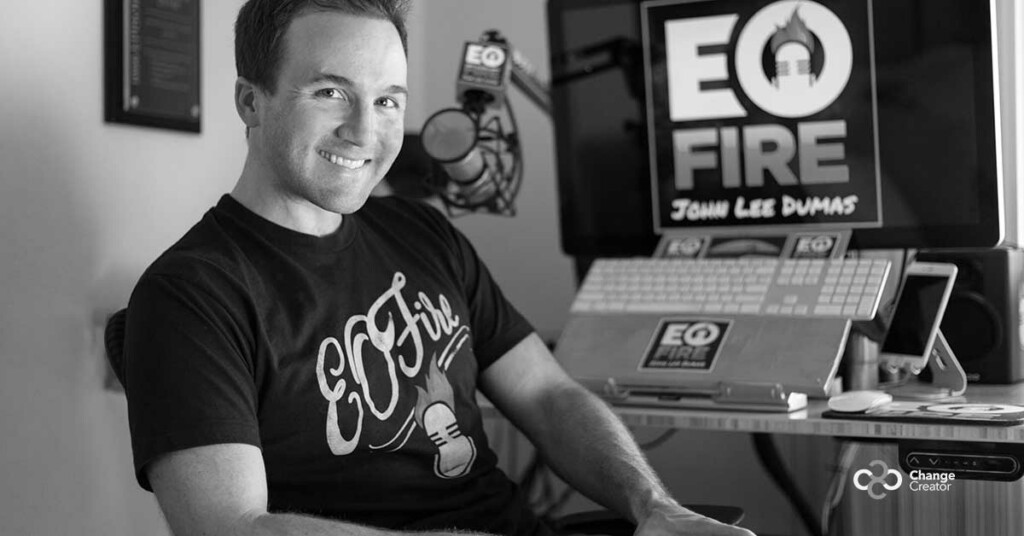
John Lee Dumas knows a lot about success. With a clean break from his 9-5 job in real estate investments, he started his own 7-days-per-week entrepreneurial podcast, EOFire, and hasn’t looked back. He now owns a million-dollar business that continues to grow. And, of course, there’s still the podcasts. Getting to interview some of […]
Interview with Gautam Shah: Risking the Absurd to Achieve the Impossible

It’s easy to ignore an animal that exists in a biome you can barely create in your imagination, which may be one of the reasons endangered species are receiving so little support from the public. People are emotional, empathic creatures. To care, they need connection—the kind that only real encounters can achieve, and where better […]
6 Lessons to Transform Your Habits and Find Clarity With Joel Brown
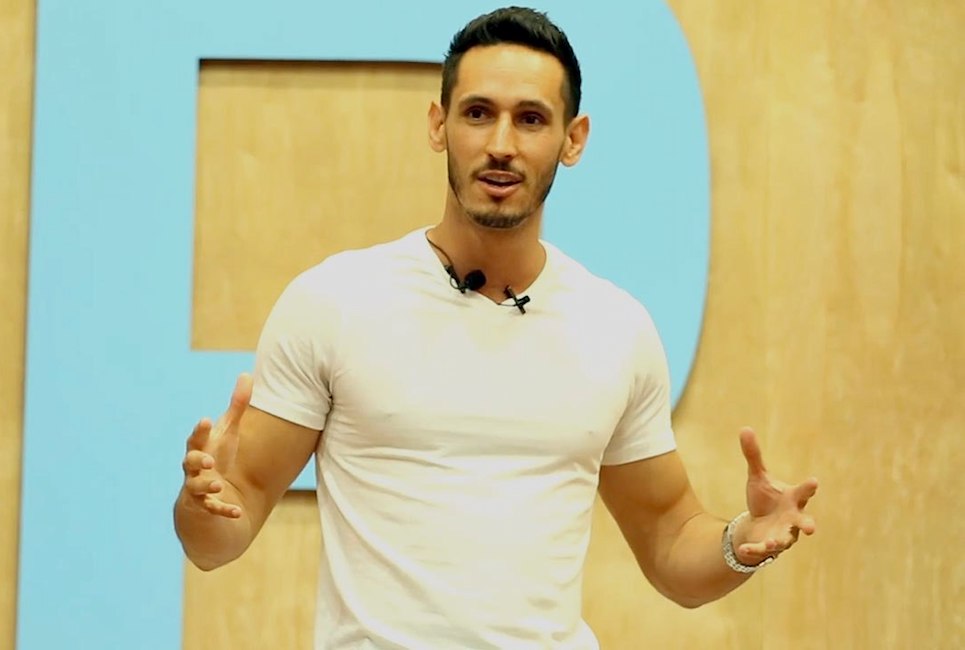
Interview with founder of Addicted 2 Success, Joel Brown. With a website that has received more than 50-million unique visitors, a popular podcast show, and an upcoming role in a movie, Joel Brown is by most standards, a successful man – some might even say he is addicted to success. Indeed, Addicted2Success is the name […]

